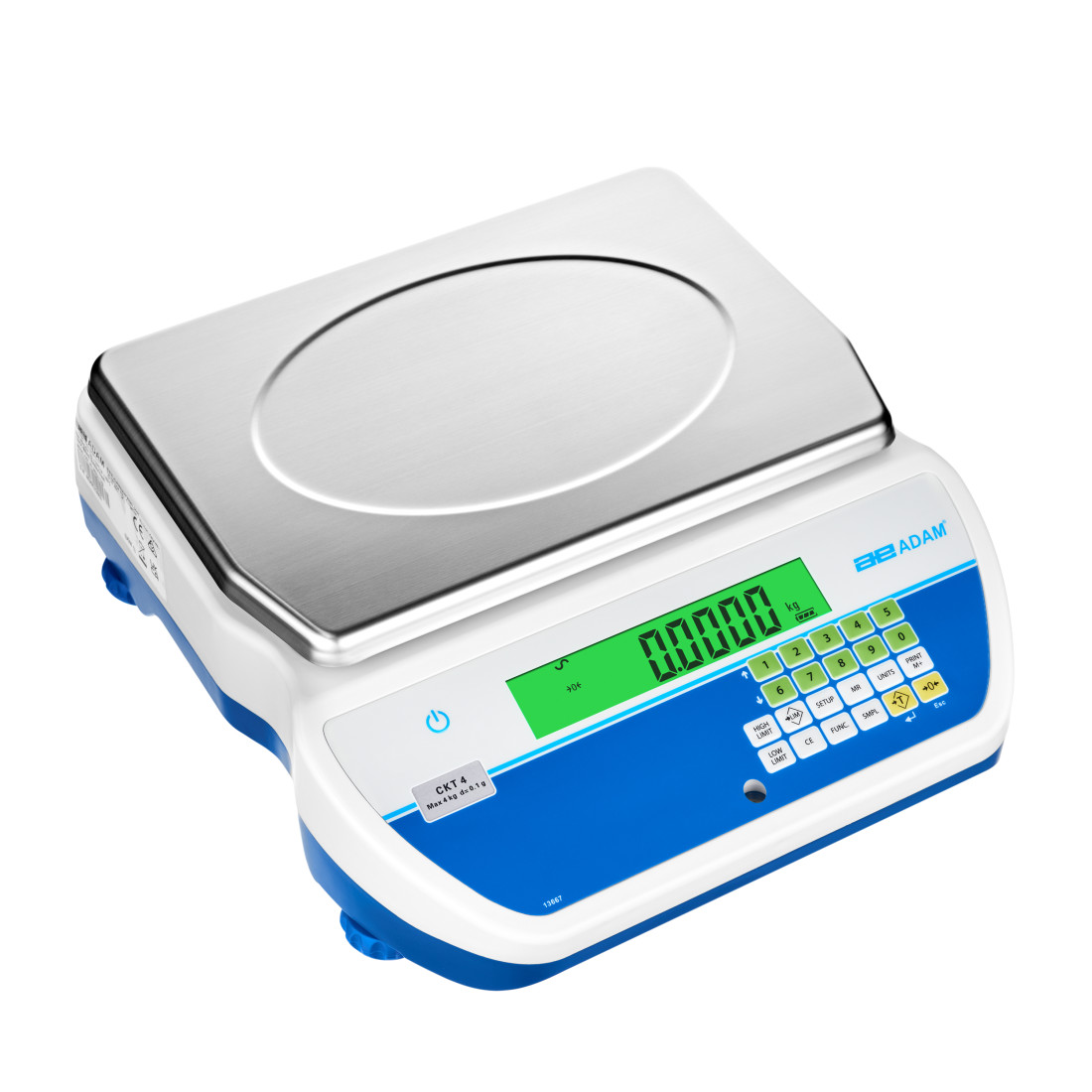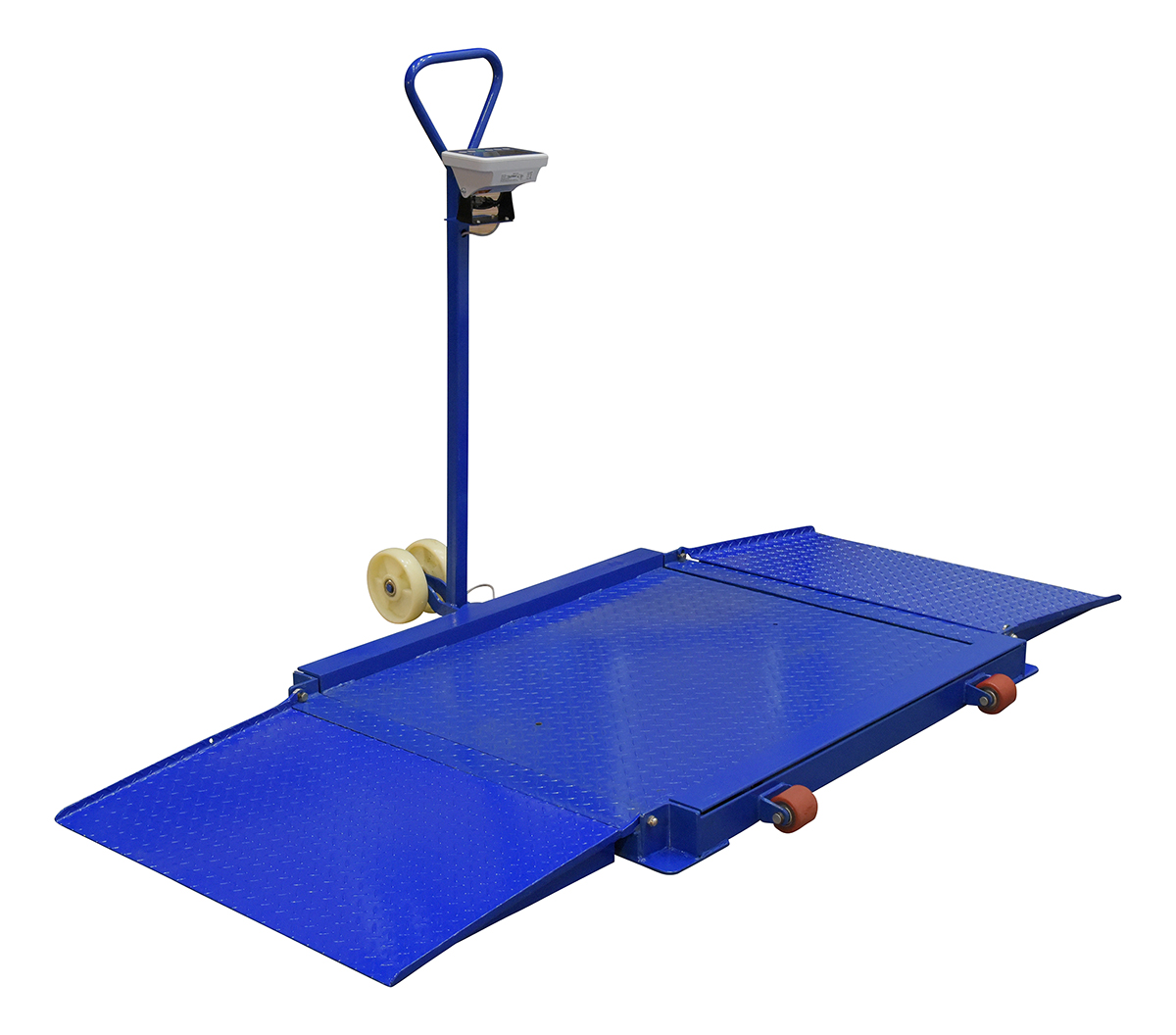A Beginner’s Guide to Understanding the Functionality of Industrial Scales
A Beginner’s Guide to Understanding the Functionality of Industrial Scales
Blog Article
How Commercial Scales Work: A Detailed Introduction for New Users
Understanding the technicians behind industrial scales is crucial for brand-new users who intend to ensure accuracy in their dimensions. These tools count on lots cells and pressure scale modern technology to transform weight into a measurable format, but the subtleties of their procedure prolong past mere functionality. From the various types readily available to the essential strategies for correct use and maintenance, each aspect plays a significant role in achieving reputable results. As we check out these components, one must take into consideration just how these aspects communicate to enhance efficiency in varied industrial applications.
Essentials of Industrial Scales
Industrial ranges are vital tools utilized throughout different sectors, consisting of production, logistics, and agriculture, to make certain exact weight measurements of heavy lots. The essential principle behind commercial scales entails the conversion of weight into a quantifiable type that can be displayed electronically or analogically. These ranges employ different mechanisms, such as lots cells or mechanical levers, to identify the weight of things put upon them.

Along with their dimension capacities, commercial ranges are created to withstand rough environments, including durable building and construction that stands up to dust, wetness, and heavy impacts. Calibration and maintenance are important to guarantee precision, as also minor inconsistencies can lead to significant economic effects. By comprehending the fundamentals of industrial ranges, individuals can appreciate their relevance in numerous industrial applications.
Kinds Of Industrial Scales
Numerous kinds of industrial ranges satisfy the diverse demands of different sectors, each created to deal with specific considering tasks with precision and dependability. Among one of the most typical types are flooring ranges, which are optimal for weighing bulky and hefty things. These ranges normally include big systems and can fit palletized goods, making them vital in warehouses and delivery facilities.
An additional type is bench scales, which are often made use of for smaller things in manufacturing and retail setups. They supply accurate dimensions for items that require accuracy, such as chemicals or parts in setting up lines (Industrial Scales). For mobile operations, mobile scales offer adaptability and ease of transportation, suitable for fieldwork or short-lived setups
In addition, specialized ranges like checkweighers are made use of in production lines to maintain quality control by guaranteeing that products meet weight specifications. Each type of industrial scale plays a vital function in improving functional performance and precision throughout different fields.
Just How Weighing Mechanisms Job
Considering devices are important elements that allow precise dimension of mass throughout various commercial scales. These systems make use of various concepts of physics and design to give specific weight analyses, crucial for supply monitoring, top quality control, and conformity with regulatory standards.
One usual kind of weighing device is the tons cell, which operates on the concept of strain determines. When a tons is applied, the lots cell warps slightly, creating an electrical signal symmetrical to the weight. This signal is then converted right into an understandable weight dimension by the scale's electronics.
One more widely utilized system is the mechanical equilibrium, which uses a system of levers and weights. Industrial Scales. This technique counts on the principle of i was reading this balance, where the weight of the item being gauged is balanced against recognized weights, allowing for direct dimension
Additionally, pneumatic and hydraulic ranges leverage liquid dynamics concepts to measure weight. These systems use the stress put in by a lots to establish weight, providing high precision for huge lots.
Appropriate Usage Methods
When making use of industrial ranges, adhering to correct usage strategies is crucial for ensuring accurate measurements and preserving tools stability. Most importantly, it is vital to select the appropriate range for check my site your particular application, as scales differ in capacity and precision.
Prior to evaluating, make certain that the range is positioned on a stable, level surface without disruptions or resonances. This will certainly assist to lessen errors triggered by outside aspects. In addition, adjust the range according to the supplier's requirements before use, ensuring that it is working properly.
When putting items on the scale, distribute the weight equally to stay clear of tipping or harming the equipment. Always enable the scale to stabilize before taping the weight, as variations might take place during initial placement. For bulk materials, utilize containers that are ideal for the scale size to avoid overloading.
Additionally, prevent putting excessively warm or chilly things straight on the range, as temperature level variants can impact accuracy. Keep the evaluating system totally free and clean of particles to stop contamination and make sure dependable outcomes. By complying with these techniques, customers can maximize the efficiency and durability of their industrial ranges.
Maintenance and Calibration Tips
Ensuring the long life and accuracy of industrial ranges requires thorough maintenance and routine calibration. A preventive upkeep schedule is essential; it ought to consist of routine assessments to identify deterioration, particularly on lots cells and other sensitive parts. Frequently cleaning the scale's surface and making sure the surrounding location is devoid of particles will certainly aid maintain its stability and efficiency.
Calibration is similarly important and need to be carried out at regular periods or whenever the scale experiences significant adjustments in temperature, moisture, or physical displacement. Utilize certified calibration weights that are traceable to nationwide criteria for precision. File each calibration session diligently to track efficiency over time and identify any trends or reoccuring concerns.
Furthermore, be conscious of the range's environment. Prevent positioning it near sources of vibration, electromagnetic interference, or extreme temperature levels, as these aspects can adversely impact measurements. Train all operators on correct range usage and maintenance procedures to make sure consistent efficiency and precision. By sticking to these upkeep and calibration tips, users can boost the reliability of their commercial scales, ensuring optimal procedure in any type of setup.
Final Thought

Comprehending the technicians behind industrial ranges is essential for new customers who want to make certain accuracy in their measurements.Industrial scales are crucial devices made use of across various sectors, consisting of production, logistics, and agriculture, to make sure accurate weight dimensions of hefty loads. The fundamental principle behind industrial scales includes the conversion of weight into a quantifiable type that can be displayed digitally or analogically. By recognizing the fundamentals of industrial scales, customers can value their significance in various commercial applications.
In verdict, comprehending the operation and upkeep of industrial ranges is essential for ensuring exact weight dimensions in various applications. (Industrial Scales)
Report this page